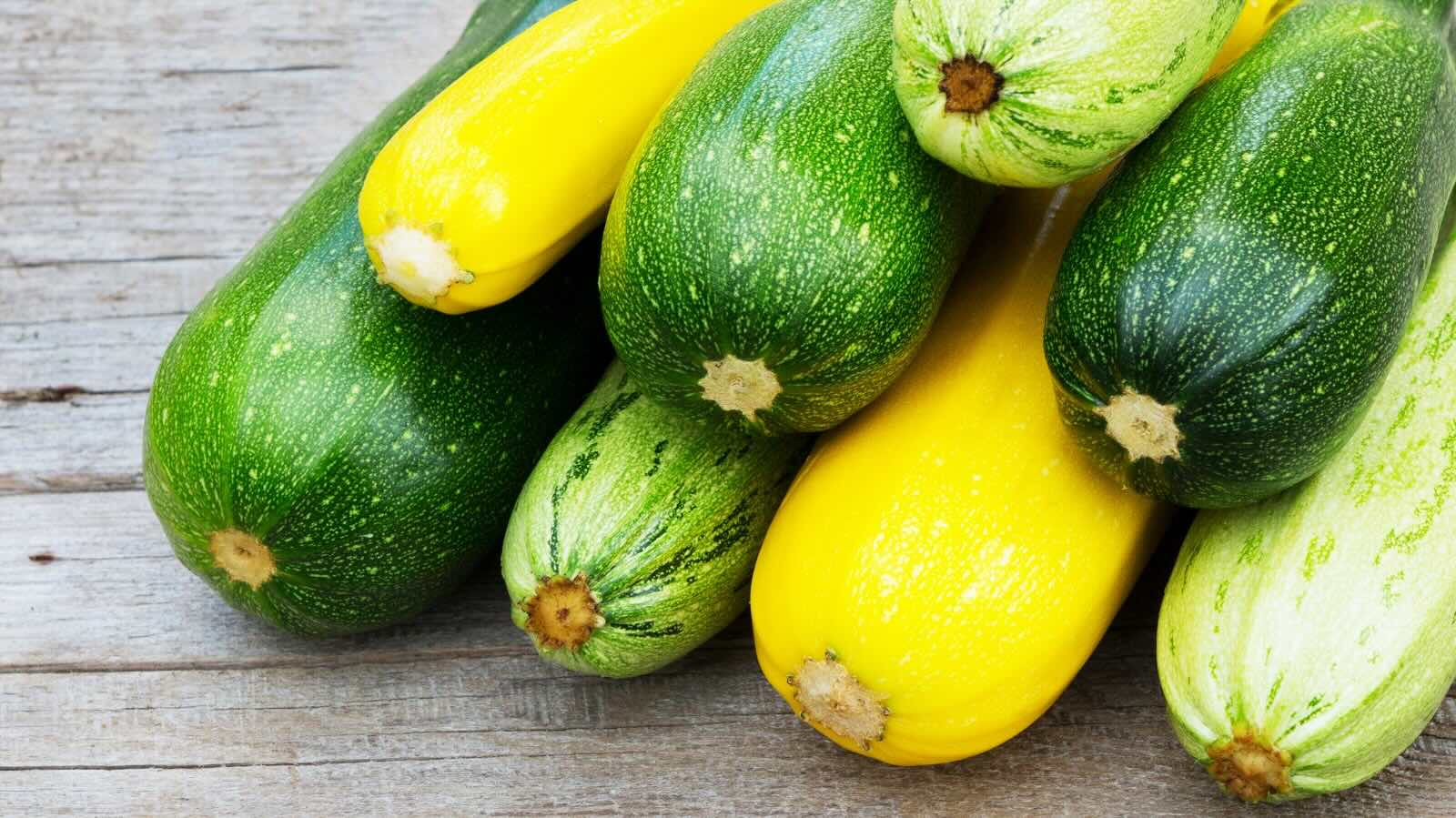

Articles
How To Store Squash And Zucchini
Modified: December 7, 2023
Learn the best tips on how to store squash and zucchini in this informative articles. Keep your produce fresh and delicious for longer periods!
(Many of the links in this article redirect to a specific reviewed product. Your purchase of these products through affiliate links helps to generate commission for Storables.com, at no extra cost. Learn more)
Introduction
When it comes to storing squash and zucchini, proper techniques are crucial in maintaining their freshness and taste. These versatile vegetables are not only delicious but also packed with essential nutrients. Whether you have a bountiful harvest from your garden or want to make the most of your grocery-store purchase, learning how to store squash and zucchini can help you enjoy their flavors for an extended period.
By understanding the benefits of proper storage, selecting the best produce, and following the right storage conditions, you can keep your squash and zucchini fresh, crisp, and flavorful. In this article, we will guide you through the steps of storing squash and zucchini to maximize their shelf life and preserve their nutritional value.
Key Takeaways:
- Maximize freshness and nutrition of squash and zucchini by proper storage. Extend shelf life, preserve flavor, and save money with smart selection, preparation, and storage techniques.
- Refrigerate, freeze, or store at room temperature to keep squash and zucchini fresh. Follow best practices, handle with care, and enjoy versatile meal planning options.
Read more: How To Store Zucchini Squash
Benefits of Proper Storage
Proper storage techniques not only help in keeping squash and zucchini fresh but also offer a range of benefits that enhance your overall culinary experience. Here are some of the key advantages of storing squash and zucchini correctly:
- Extended Shelf Life: By properly storing squash and zucchini, you can extend their shelf life and enjoy them for a longer period. This reduces waste and allows you to make the most of your produce.
- Preserved Freshness: Squash and zucchini that are stored correctly retain their freshness, flavor, and texture. This ensures that your dishes are bursting with vibrant colors and delicious tastes.
- Cost Savings: When you store squash and zucchini properly, you can buy them in bulk or take advantage of seasonal sales. This helps you save money, especially if you plan to use these vegetables in various recipes throughout the year.
- Increased Nutritional Value: Proper storage techniques help retain the nutritional value of squash and zucchini. By preserving essential vitamins, minerals, and antioxidants, you can enjoy the health benefits these vegetables offer.
- Versatile Meal Planning: Having well-preserved squash and zucchini on hand allows for more flexibility in meal planning. Whether you want to use them in stir-fries, soups, salads, or as a side dish, proper storage ensures that you always have these versatile vegetables available.
With these benefits in mind, let’s explore the best practices for selecting squash and zucchini to store and the proper techniques for preserving their freshness.
Selecting Squash and Zucchini
Choosing the right squash and zucchini is the first step in ensuring successful storage. When shopping for these vegetables, consider the following tips:
- Look for Freshness: Select squash and zucchini that have vibrant colors, firm texture, and smooth skin. Avoid any vegetables that have blemishes, soft spots, or signs of mold.
- Size Matters: Opt for smaller to medium-sized squash and zucchini, as they tend to have a sweeter taste and a more tender texture. Larger varieties are still suitable for storage but may require longer cooking times.
- Check the Stems: The stem end of the vegetable should be fresh and intact. Avoid squash or zucchini with shriveled or mushy stems, as this can indicate that the vegetable is past its prime.
- Choose Organic: If possible, opt for organic squash and zucchini. Organic produce is grown without the use of synthetic pesticides and fertilizers, resulting in a healthier and more flavorful vegetable.
- Consider the Varieties: There are various types of squash and zucchini available, such as yellow squash, zucchini, pattypan squash, and more. Experiment with different varieties to enjoy a range of flavors and textures.
Once you have selected the best squash and zucchini, it’s time to prepare them for storage using proper techniques.
Preparing Squash and Zucchini for Storage
Before storing squash and zucchini, it is important to properly prepare them to maximize their shelf life and prevent spoilage. Follow these steps to prepare your vegetables for storage:
- Wash and Dry: Start by washing the squash and zucchini under cool running water to remove any dirt or debris. Gently scrub the skin using a vegetable brush, if necessary. Once washed, pat the vegetables dry with a towel to remove excess moisture.
- Trim and Cut: Trim off the stems and ends of the squash and zucchini using a sharp knife. If you prefer, you can also slice or dice the vegetables into desired sizes for easier meal preparation later on.
- Remove Blemishes: Inspect the squash and zucchini for any blemishes or soft spots. If you find any, carefully cut away the affected area, ensuring that you remove all the damaged portions.
- Packaging: Choose the appropriate packaging method based on your preferred storage method. For refrigerator storage, place the squash and zucchini in a breathable produce bag or wrap them individually in paper towels. For freezing, use airtight freezer-safe containers or freezer bags.
- Label and Date: It is important to label the packaging with the contents and the date of storage. This helps you keep track of the freshness and expiration dates, ensuring that you use the oldest vegetables first.
By properly preparing your squash and zucchini for storage, you can maintain their quality and enjoy them for an extended period.
Proper Storage Conditions
Creating the right storage environment is key to preserving the freshness and flavor of squash and zucchini. Whether you choose to store them in the refrigerator or at room temperature, here are some important factors to consider:
- Temperature: Squash and zucchini thrive in cool temperatures. For optimal storage, aim for a temperature range of 50-55°F (10-13°C) for both refrigerator and room temperature storage. Avoid storing them in areas that are too warm or prone to temperature fluctuations.
- Humidity: Proper humidity levels play a crucial role in preventing moisture loss and decay. Squash and zucchini prefer humidity ranging from 50-70%, which is similar to the humidity found in many refrigerators. If storing at room temperature, consider placing the vegetables in a cool, well-ventilated area away from direct sunlight.
- Air Circulation: Good air circulation is important to prevent moisture buildup and the growth of mold or bacteria. When storing in the refrigerator, make sure not to overcrowd the produce drawer or storage container. Leave some space around the vegetables to allow for proper airflow.
It’s important to note that different varieties of squash and zucchini have varying storage capabilities. Generally, zucchini has a shorter shelf life and is best consumed within a week, while winter squash varieties can be stored for several weeks or months.
Now, let’s explore the specific storage methods for both refrigerator and room temperature storage.
Store squash and zucchini in a cool, dry place, such as the refrigerator crisper drawer. Keep them unwashed and in a perforated plastic bag to maintain freshness. Use within 1-2 weeks for best quality.
Read more: How To Store Zucchini And Yellow Squash
Storing Squash and Zucchini in the Refrigerator
Refrigerating squash and zucchini is a common method for preserving their freshness and extending their shelf life. Follow these steps to store squash and zucchini in the refrigerator:
- Wrap Individually: Individually wrap each squash and zucchini in a paper towel or place them in breathable produce bags. This helps absorb excess moisture and prevents them from becoming too damp.
- Choose the Right Drawer: Place the wrapped vegetables in the crisper drawer of your refrigerator. This drawer provides a controlled environment with higher humidity levels, which helps keep the squash and zucchini fresh for a longer duration.
- Avoid Ethylene-Producing Foods: Keep squash and zucchini away from fruits and vegetables that produce high levels of ethylene gas, as it can accelerate the ripening process and cause spoilage. Examples of ethylene-producing foods include apples, bananas, and tomatoes.
- Check Regularly: Periodically check your squash and zucchini for any signs of spoilage, such as mold or soft spots. Remove any damaged vegetables to prevent the spread of decay.
When stored correctly in the refrigerator, squash and zucchini can stay fresh for up to 1-2 weeks, depending on their freshness at the time of storage.
Next, we’ll explore the alternative method of storing squash and zucchini at room temperature.
Storing Squash and Zucchini at Room Temperature
If you prefer to store squash and zucchini at room temperature, follow these guidelines to ensure their freshness and longevity:
- Select a Cool Spot: Find a cool and dry location in your kitchen or pantry to store the vegetables. Avoid areas that are exposed to direct sunlight or heat sources, as this can cause the squash and zucchini to spoil more quickly.
- Provide Ventilation: Proper air circulation is crucial for maintaining the quality of squash and zucchini. Place them in a basket or on a wire rack to allow for good airflow around the vegetables.
- Check for Ripeness: Keep an eye on the squash and zucchini for any signs of ripening. If you notice the skin starting to become wrinkled or the vegetables becoming soft, it’s a sign that they should be consumed soon.
- Rotate Regularly: To promote even ripening and prevent any potential mold growth, rotate the squash and zucchini every few days. Use the oldest ones first to avoid any waste.
When stored properly at room temperature, squash and zucchini can maintain their quality for about a week or slightly longer.
If you have an abundance of squash and zucchini and want to preserve them for an extended period, freezing is an excellent option. We will discuss freezing methods in the next section.
Extending Storage Life with Freezing
Freezing is a great way to extend the storage life of squash and zucchini beyond their usual shelf life. By freezing these vegetables, you can preserve their flavors and nutritional value for several months. Here’s how to freeze squash and zucchini:
- Blanching: Start by blanching the squash and zucchini. Blanching involves briefly immersing the vegetables in boiling water and then transferring them to an ice bath to stop the cooking process. This helps retain their color, texture, and nutrients.
- Cut into Desired Shapes: Cut the blanched squash and zucchini into slices, cubes, or whatever shape you prefer for future use. Freezing the vegetables in smaller portions makes them easier to defrost when needed.
- Packaging: Place the cut squash and zucchini in airtight freezer bags or freezer-safe containers. Remove any excess air from the bags to prevent freezer burn. It’s a good practice to label the packaging with the contents and the date of freezing for easy identification.
- Freeze: Place the packaged squash and zucchini in the freezer, ensuring they are placed in a flat and organized manner. It’s best to keep them in a single layer initially and then stack them once they are completely frozen.
Frozen squash and zucchini can last for about 8-12 months in the freezer. However, for the best quality, it is recommended to consume them within 3-6 months.
When you’re ready to use the frozen squash and zucchini, simply thaw them in the refrigerator overnight or briefly blanch them again before incorporating them into your recipes.
Now that you know how to freeze squash and zucchini, let’s explore some tips for maintaining their freshness in any storage method.
Tips for Maintaining Freshness
To ensure that your squash and zucchini stay fresh and flavorful throughout their storage period, consider the following tips:
- Handle with Care: When handling squash and zucchini, be gentle to avoid bruising or damaging the vegetables. Excessive handling can cause them to spoil more quickly.
- Keep Separated: Store different varieties of squash and zucchini separately to prevent any cross-contamination of flavors and aromas.
- Check Regularly: Regularly inspect your stored squash and zucchini for any signs of spoilage, such as mold, soft spots, or unpleasant odors. Remove any damaged vegetables immediately to prevent the spread of decay.
- Use First In, First Out (FIFO): If you have multiple batches or containers of stored squash and zucchini, practice the FIFO method. Use the oldest vegetables first before moving on to newer ones.
- Avoid Moisture: Excess moisture can cause squash and zucchini to become mushy or develop mold. Make sure the vegetables are dry before storing them and avoid storing them in damp places.
- Avoid Washing Before Storage: It’s best to wash squash and zucchini just before you are ready to use them rather than washing them before storage. Washing them ahead of time can increase moisture content and lead to quicker spoilage.
- Don’t Cut Until Ready to Use: For optimum freshness, it’s best to keep squash and zucchini whole until you are ready to prepare them. Cutting them exposes more surface area, which can accelerate spoilage.
By following these tips, you can maximize the freshness and flavor of your stored squash and zucchini, ensuring a delightful culinary experience.
Now that you have all the necessary information on storing squash and zucchini, you can enjoy these delicious vegetables at their peak for an extended period of time.
Read more: How To Store Zucchini
Conclusion
Proper storage techniques are essential in preserving the freshness, flavor, and nutritional value of squash and zucchini. Whether you choose to store them in the refrigerator, at room temperature, or extend their shelf life through freezing, following the right methods can help you enjoy these versatile vegetables for an extended period.
By selecting the best-quality produce, properly preparing them for storage, and creating the ideal storage conditions, you can maximize the shelf life of squash and zucchini. Refrigerating them allows for a longer storage time, while room temperature storage keeps them readily accessible for immediate use.
If you have an abundance of squash and zucchini, freezing is an excellent option to extend their storage life. Freezing preserves their flavors and nutrients, allowing you to enjoy them even during off-seasons.
Remember to handle squash and zucchini with care, regularly check for signs of spoilage, and practice FIFO (first in, first out) to ensure optimal freshness. Avoid excess moisture and only wash the vegetables right before using them to prevent premature spoilage.
By incorporating these storage tips into your routine, you can make the most of your squash and zucchini harvest or grocery-store purchase, reduce waste, and enjoy their delicious flavors in a variety of dishes throughout the year.
So, next time you have an abundance of squash and zucchini, follow these guidelines and savor their taste and nutritional benefits for an extended period. Happy storing!
Frequently Asked Questions about How To Store Squash And Zucchini
Was this page helpful?
At Storables.com, we guarantee accurate and reliable information. Our content, validated by Expert Board Contributors, is crafted following stringent Editorial Policies. We're committed to providing you with well-researched, expert-backed insights for all your informational needs.
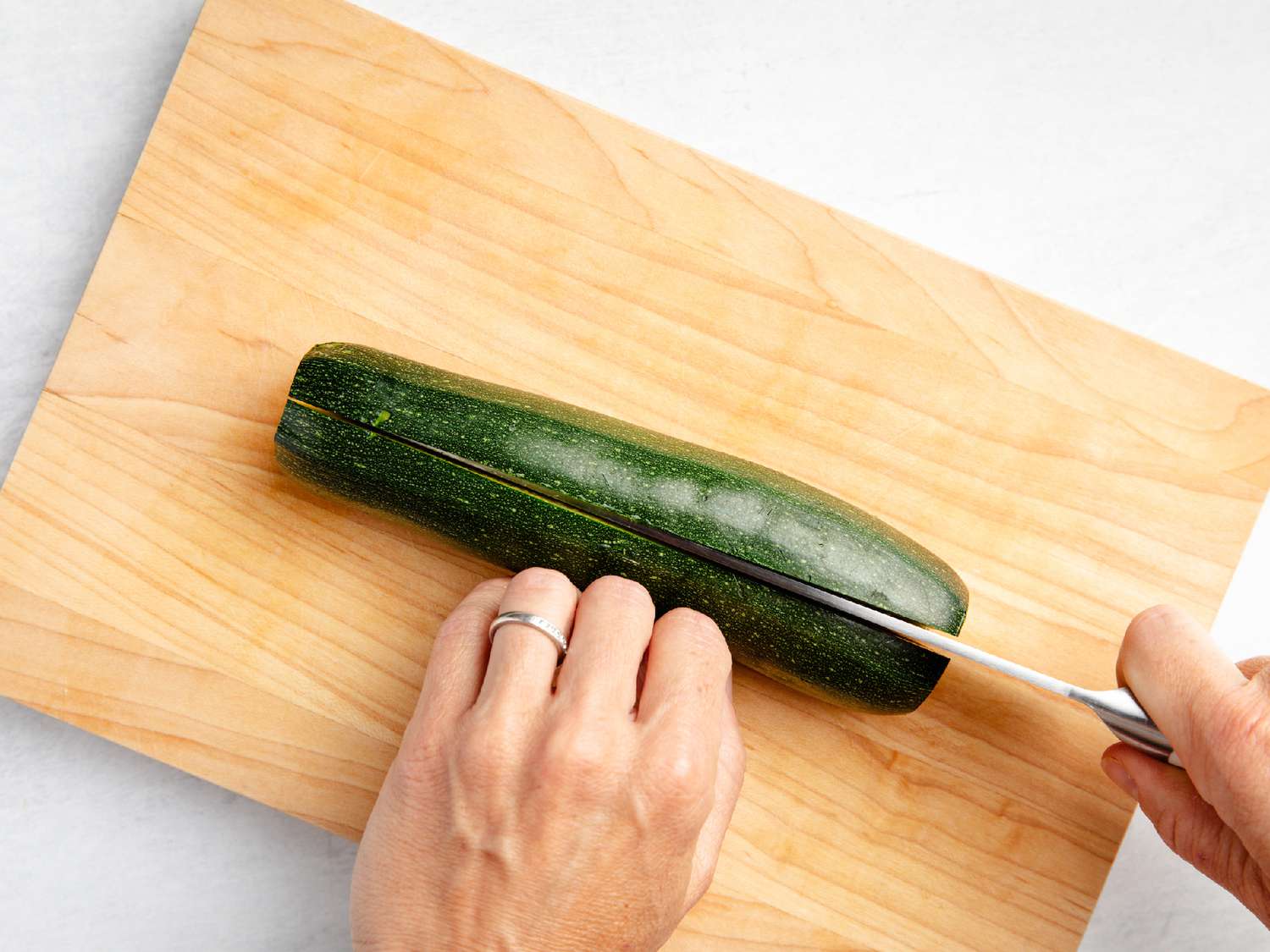
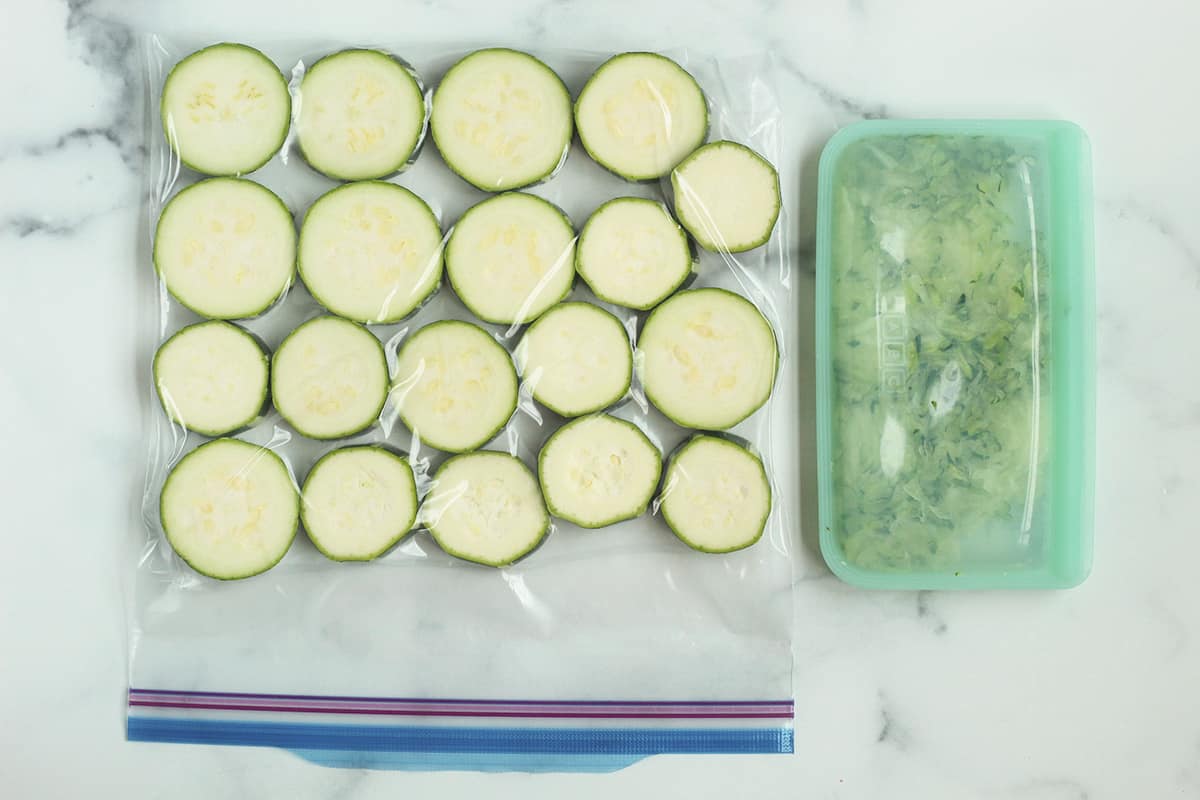
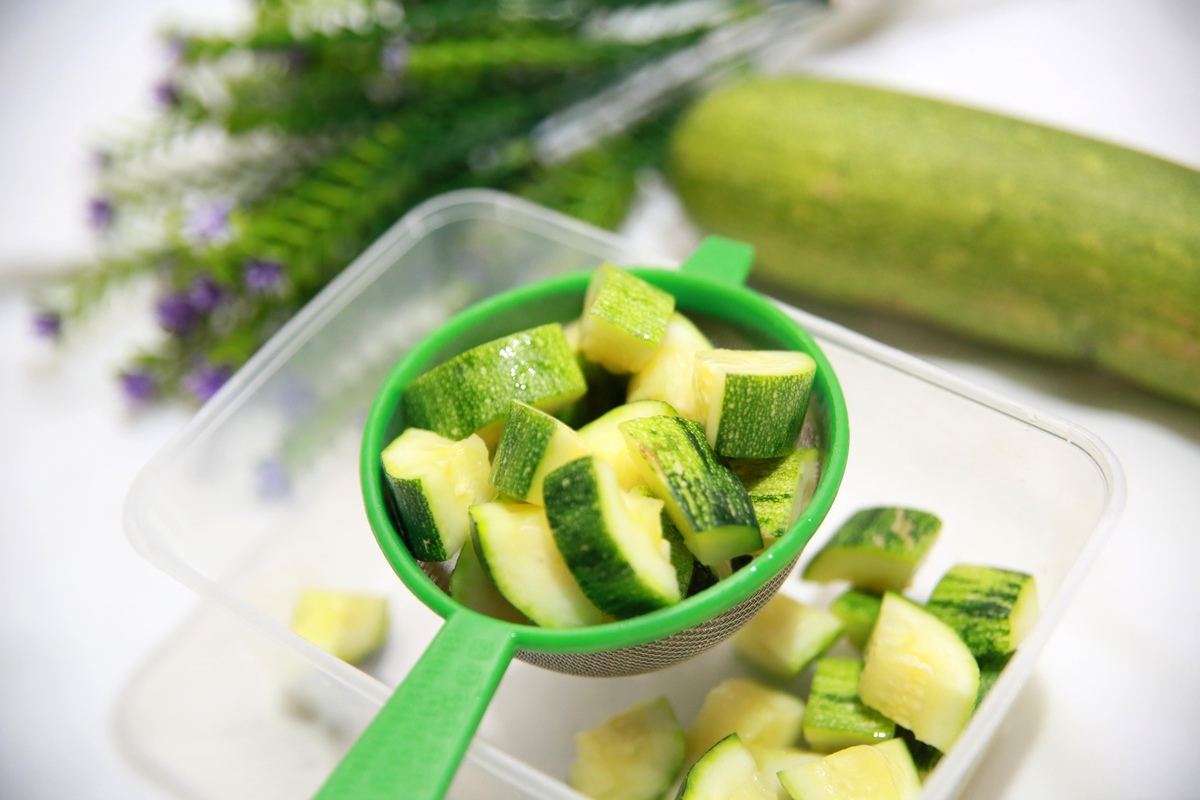

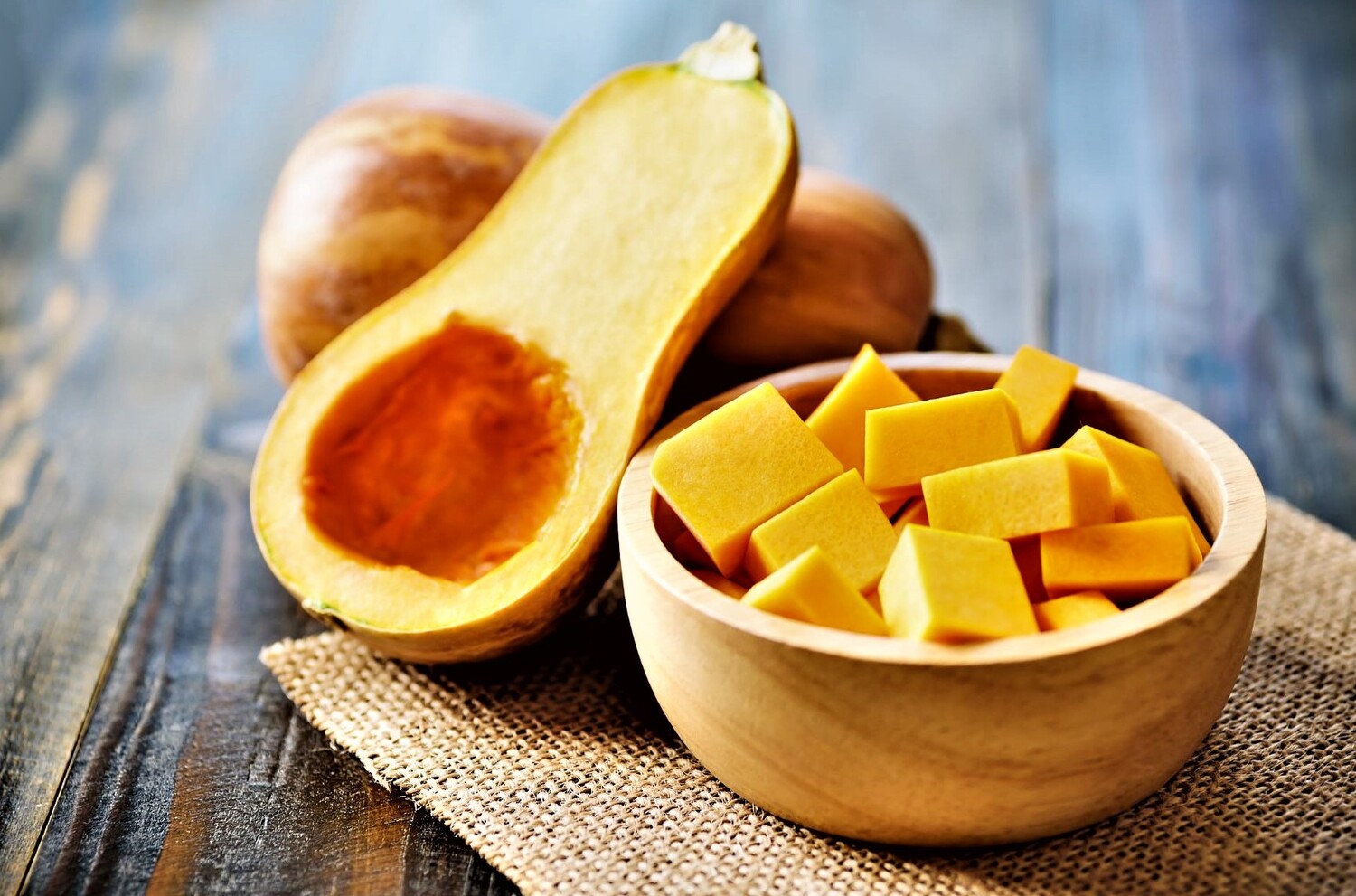
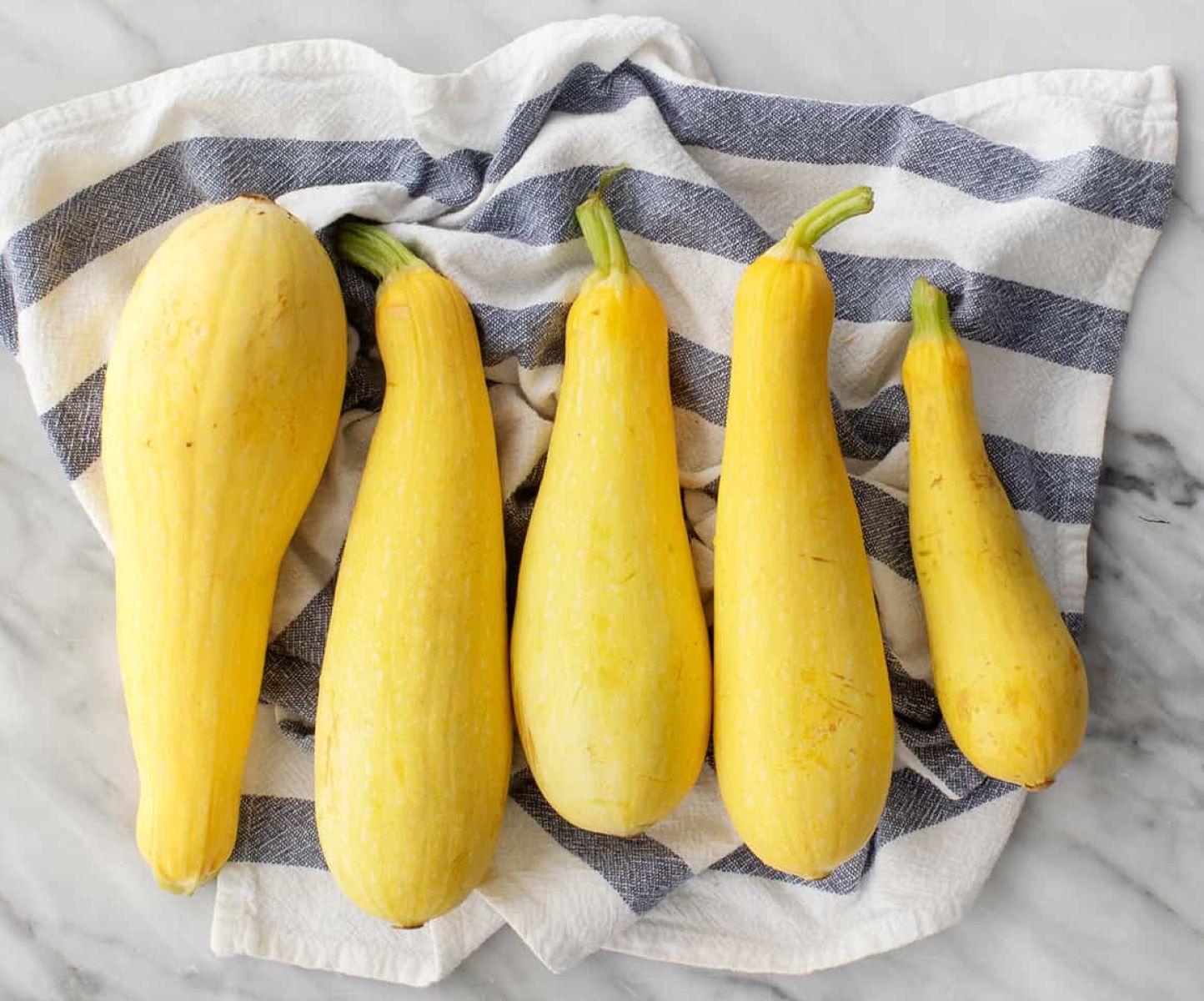
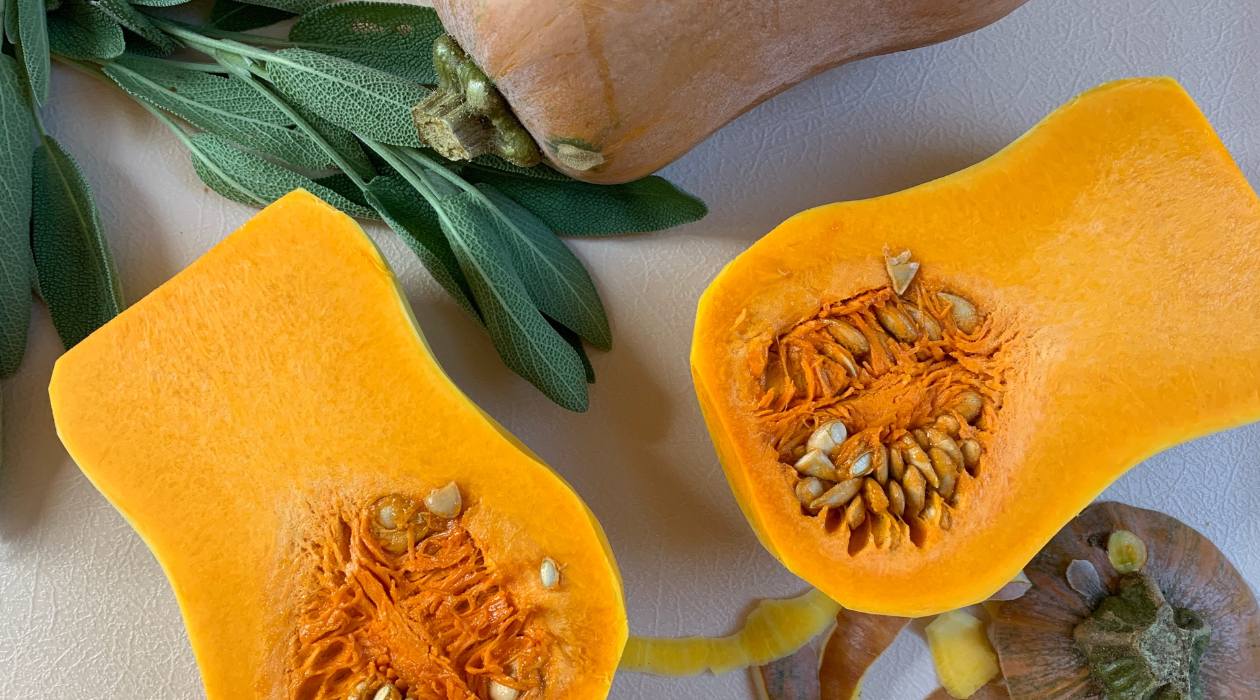
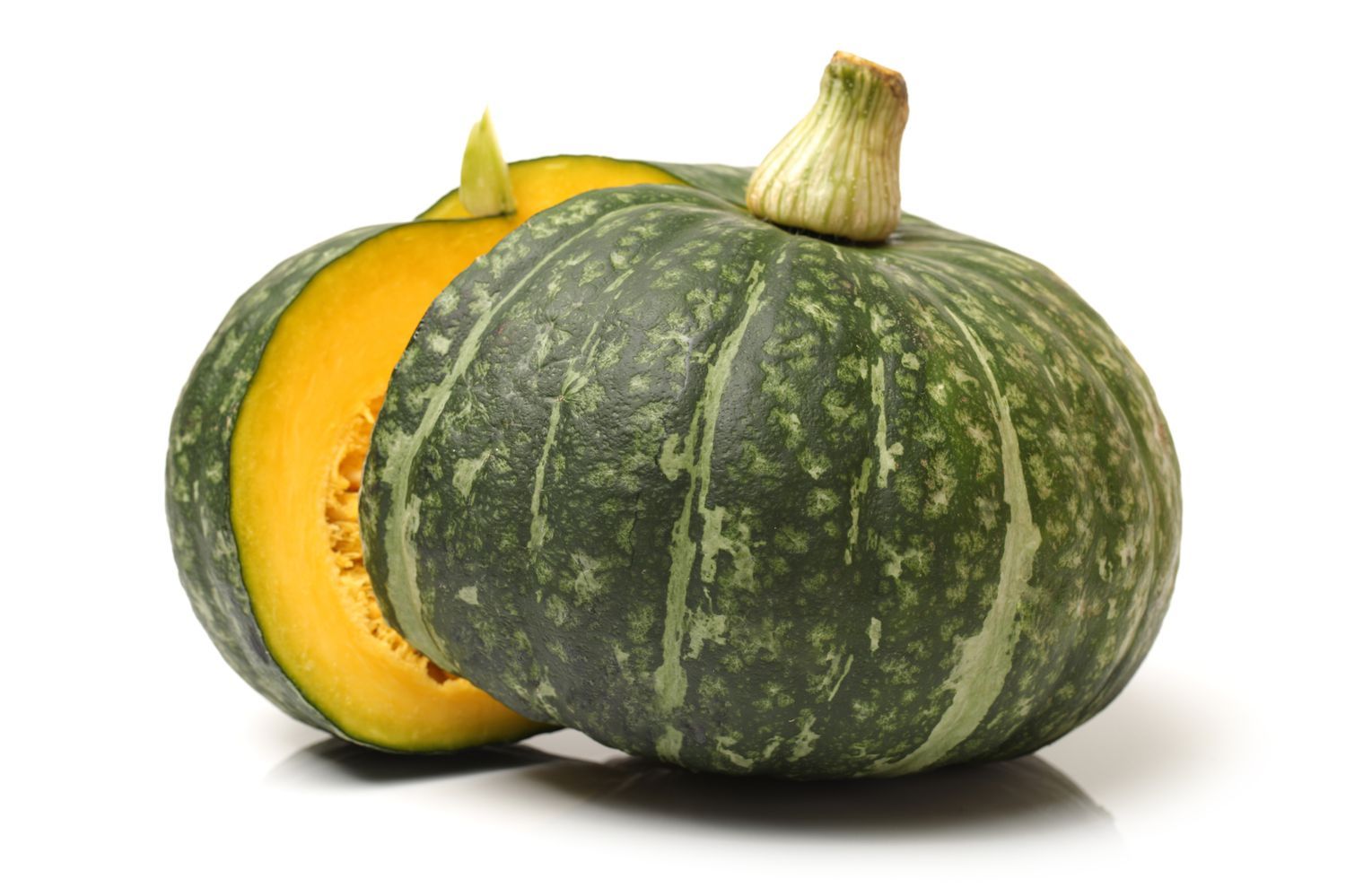

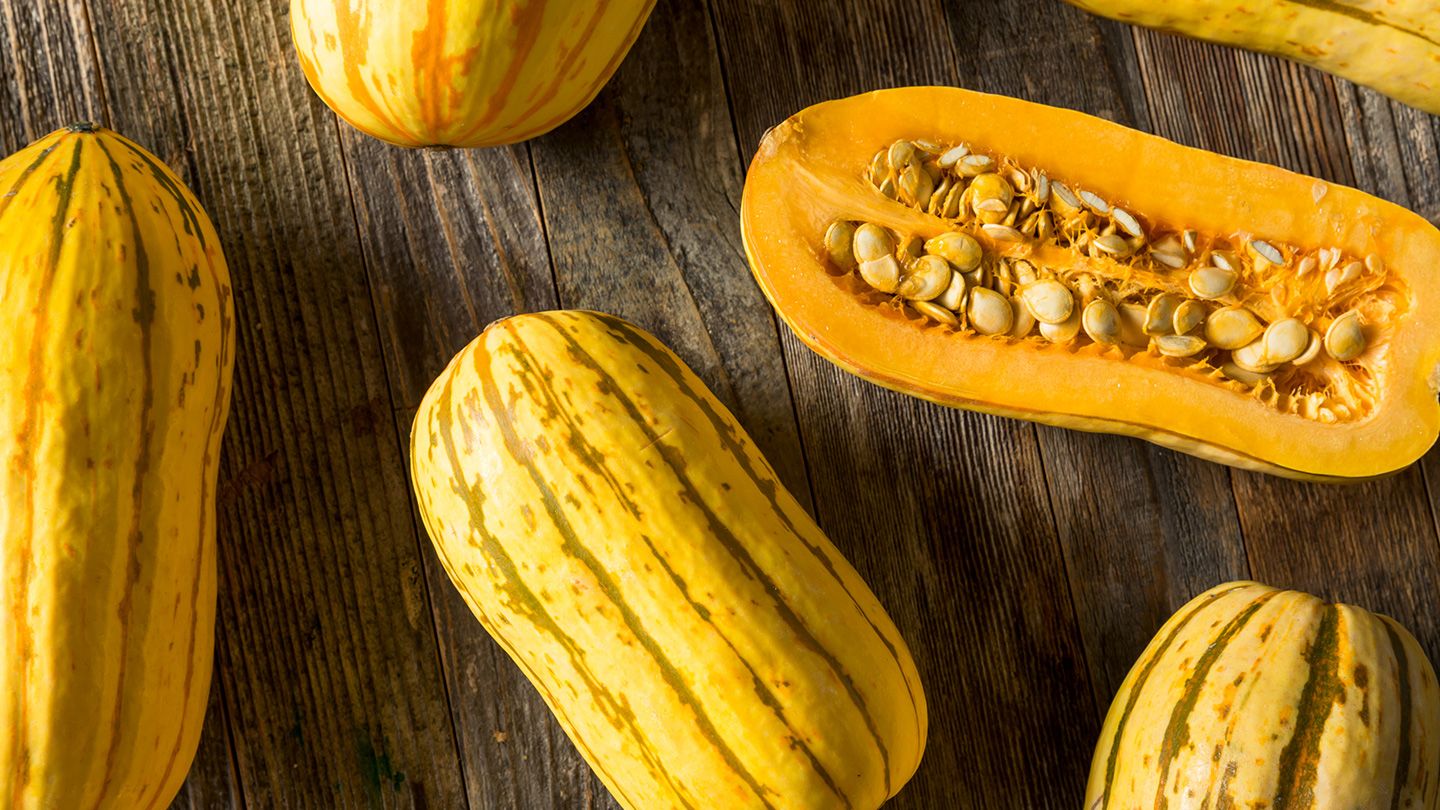
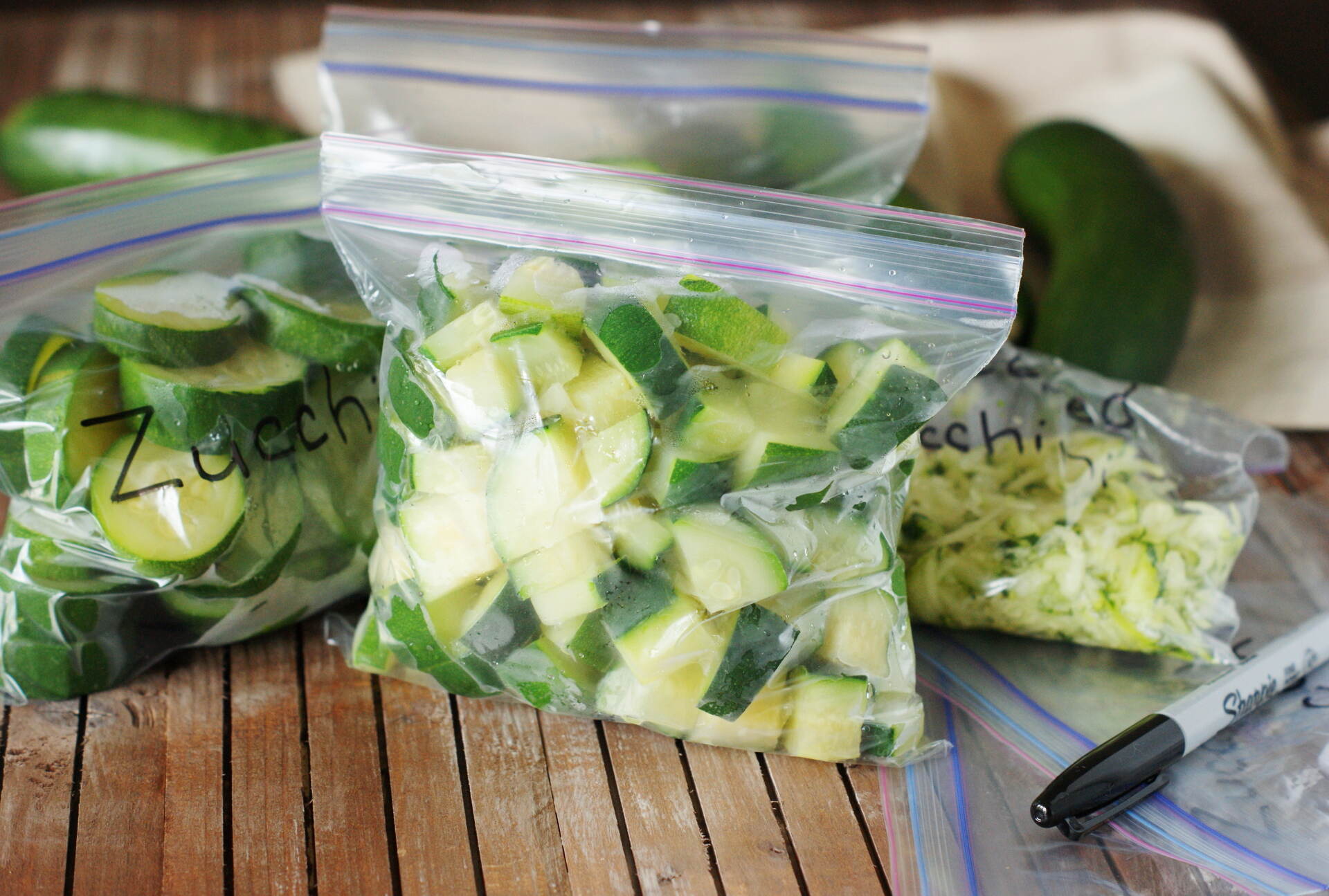
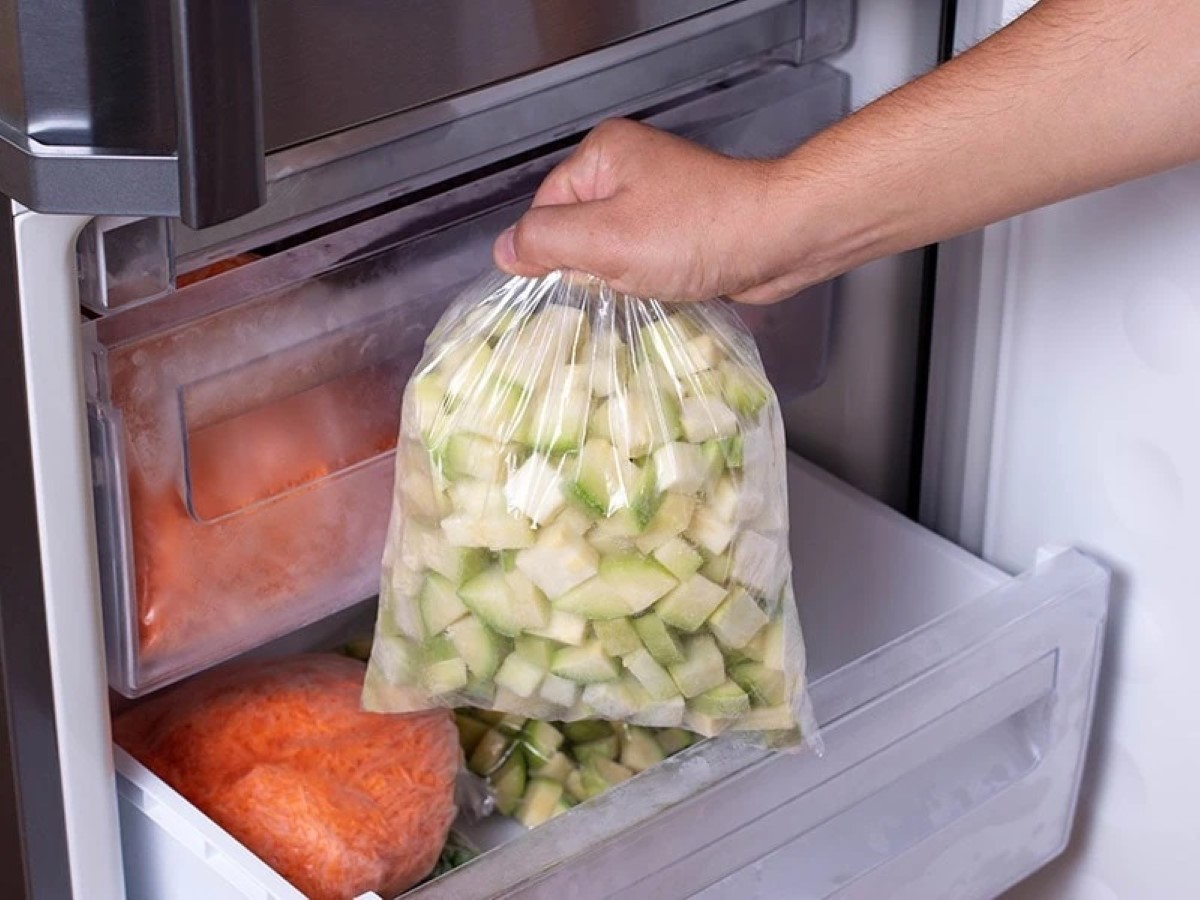


0 thoughts on “How To Store Squash And Zucchini”